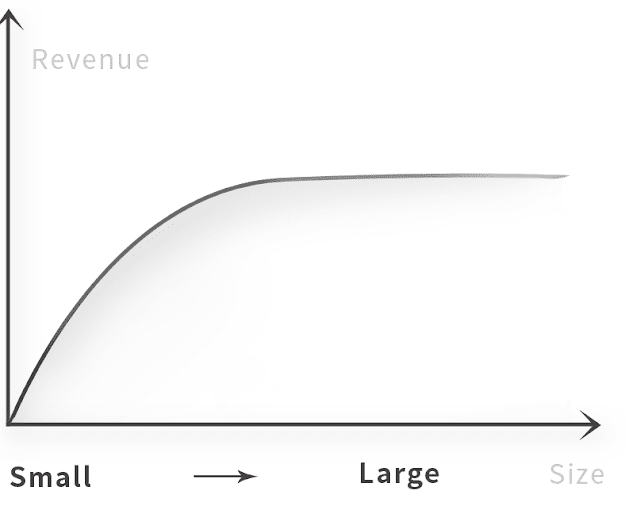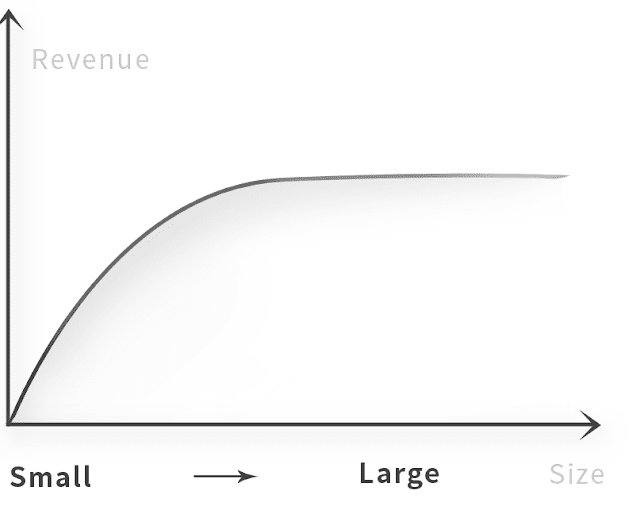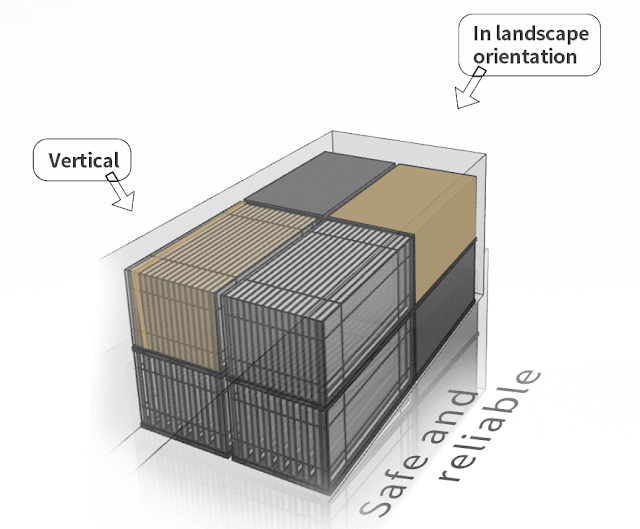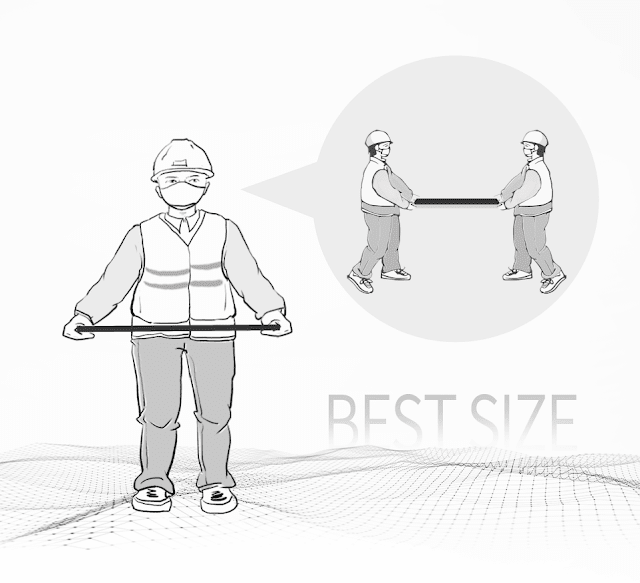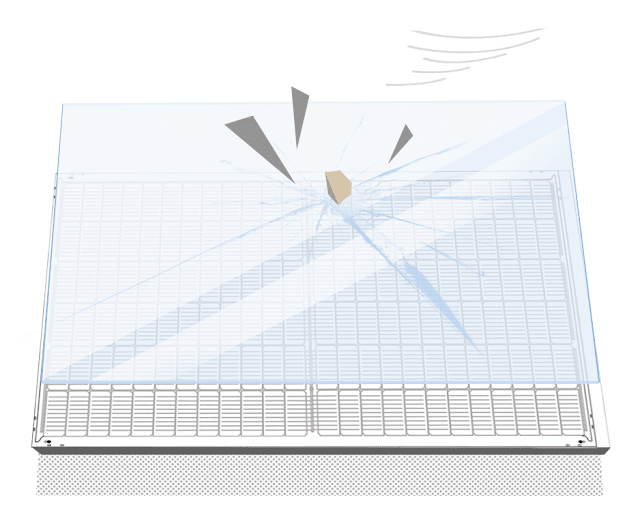Does Bigger Solar Modules Present More Value?
With the advent of the grid parity era, technological advanced PV plants equipped with high-efficiency solar modules are gradually coming under the spotlight of global users.
Some people hold that larger modules bring more value. Is this really the case?
As is known to all, solar modules, which are the core component of a PV power plant system, have a crucial impact on the stability, durability and efficient operation of the plant.
Comprehensively considering reliability and safety, the proper increase in module size can improve the product power and decrease the LCOE (levelized cost of energy).
On the other hand, we shall clarify misunderstandings. That is, bigger is not always better. What the market needs is always a product with optimal quality and value.
Just the Size
If we only focus on the size of a module can potentially cause a series of problems and risks to power plants and even do harm to revenue.
Which size
is the best choice for a quality station?
Let’s start from the entire life cycle.
Transportation
PV modules are shipped to all parts of the world mainly by container.
The current most widely accepted method for loading modules into a container is to place them on a pallet vertically in landscape orientation.
The standard module size is designed based on international container sizes and is calculated against various parameters, taking into consideration the risk of cracks and other damage during transportation.
“BIG ≠ SUITABLE”
(1) Risk of microcracks or breakage during transportation increases if the module size is too large.
(2) Risk of falling increases if the modules are laid upright.
Installation
In combining ergonomics and design, the optimal module width is derived from the natural expansion width of human arms.
“BIG ≠ BEST”
(1) The size of the module should be designed for easy handling by two persons, ensuring both safety and reliability.
(2) Too large a module size will cause problems in handling and installation.
Install on Rooftops
Digging deeper into maximizing revenues from limited installation area, higher module efficiency is the key.
(1) Higher efficiency represents more system capacity in limited areas.
(2) Reducing weight burden on structures opens a lot of opportunities.
(3) Use 550Wp module as benchmark, a simple comparison of 27,2kg (10.6kg/sqm) and 32.6kg (12.5kg/sqm), which one is more acceptable from owner’s perspective?
Application
Various factors need to be taken into consideration when defining module size.
An excessively large size may, for example, result in risk of hot spots and may also bring challenges and risks to load capacity.
“BIG ≠ RELIABLE”
It takes time to verify long-term reliability under extreme weather conditions.
Conclusion
Unlimited expansion of module sizes should not be the first choice to reduce the LCOE.
Bigger modules may result in inconvenience during product installation and maintenance.
A continual increase in size will also hinder the standardization of module products and impact the healthy and sustainable development of the industry.
It is essential to comprehensively consider reliability and safety during the entire life cycle of a power station when designing PV modules.
Which size PV module is the best choice for high-quality power stations in the grid parity era?
